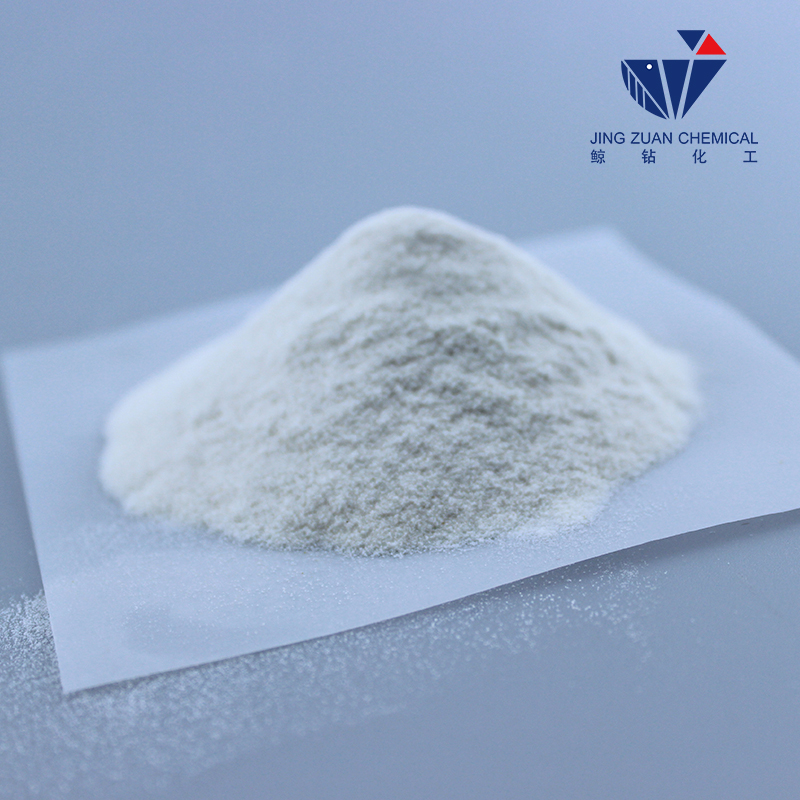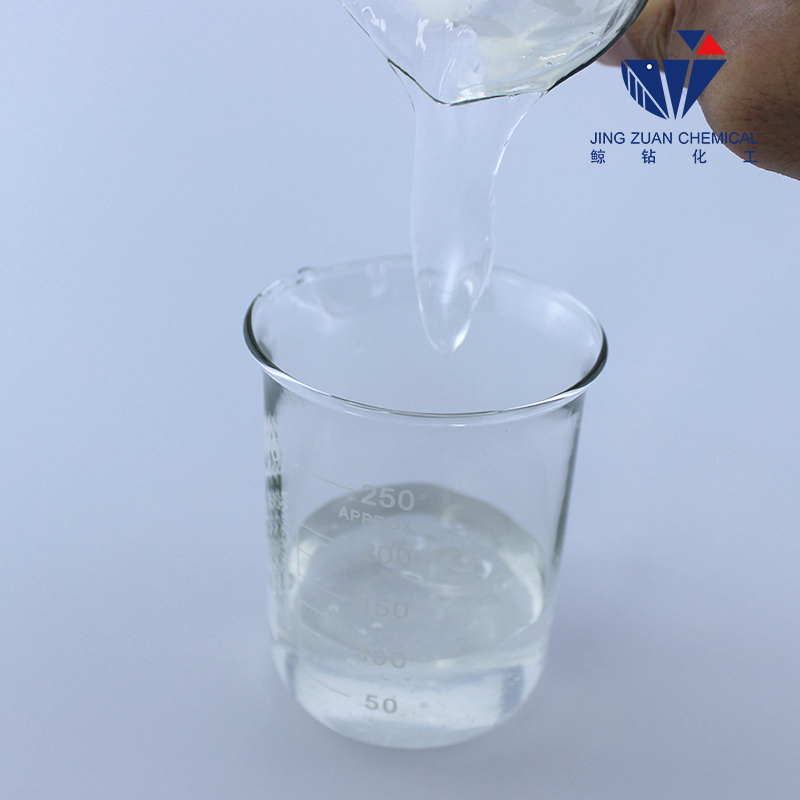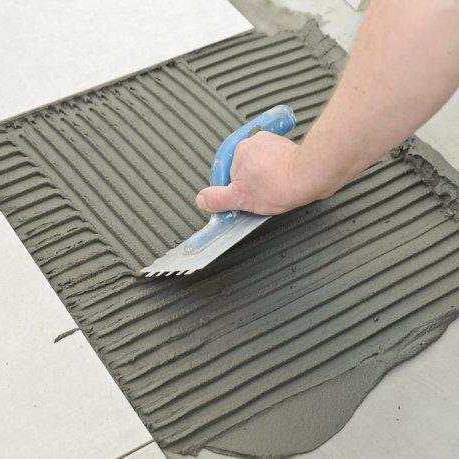
Sep . 22, 2025 13:35 Back to list
Premium Cellulose Ether | Efficient Liquid Thickener Solutions
The Indispensable Role of Cellulose Ether in Modern Industry
In the dynamic landscape of industrial chemistry, cellulose ether stands out as a versatile and critical polymer. Derived from natural cellulose, this family of water-soluble polymers plays a pivotal role across numerous sectors, functioning primarily as a highly effective liquid thickener, binder, film-former, and water retention agent. Its unique rheological properties make it indispensable for enhancing product performance, stability, and workability in a vast array of applications, from construction materials to pharmaceuticals and food products.
The global market for cellulose ether has experienced sustained growth, driven by increasing demand in emerging economies and the continuous development of new applications. According to market research, the global cellulose ether market size was valued at approximately USD 6.2 billion in 2022 and is projected to reach over USD 9.5 billion by 2030, exhibiting a compound annual growth rate (CAGR) of around 5.5%. This robust expansion underscores its importance and the ongoing innovation within the industry to meet diverse technical requirements. Specific types like Hydroxypropyl Methylcellulose (HPMC) and Hydroxyethyl Cellulose (HEC) are leading this growth due to their superior performance characteristics and wide applicability.

Manufacturing Process: From Raw Cellulose to High-Performance Polymer
The production of cellulose ether is a sophisticated chemical process that transforms natural cellulose into a functional, water-soluble polymer with tailored properties. The primary raw material is purified cellulose, typically derived from wood pulp or cotton linters, which undergoes a series of precise chemical modifications.
Key Process Steps:
- Alkalization: Purified cellulose is treated with a strong caustic soda solution (e.g., sodium hydroxide) in a controlled environment. This step activates the cellulose by swelling its structure and converting the hydroxyl groups into more reactive alkali cellulose, enhancing subsequent etherification.
- Etherification: The alkali cellulose is then reacted with specific etherifying agents. For HPMC, methyl chloride and propylene oxide are used. For hec cellulose, ethylene oxide is the primary agent. This reaction replaces some of the hydroxyl groups on the cellulose backbone with methyl, hydroxypropyl, or hydroxyethyl groups, leading to the formation of the desired cellulose ether. The degree of substitution (DS) and molar substitution (MS) are critical parameters controlled during this stage, influencing the final product's solubility, viscosity, and gelation temperature.
- Neutralization and Washing: After etherification, the reaction mixture is neutralized with acids to stop the reaction and remove by-products and excess reactants. Extensive washing with hot water purifies the cellulose ether, ensuring high purity and low salt content, which is crucial for its performance and compliance with industry standards.
- Drying and Grinding: The purified polymer is then dried to a specific moisture content and subsequently ground into a fine powder. Particle size distribution is meticulously controlled to meet different application requirements, especially for dispersion and dissolution rates.
- Quality Control: Throughout the entire process, rigorous testing is conducted. This includes checks on raw material purity, reaction parameters, and final product specifications such as viscosity, water retention, pH, ash content, and particle size. Conformance to international standards like ISO 9001 for quality management and ISO 14001 for environmental management ensures consistent product quality and safety.
This meticulous process ensures that the resulting cellulose ether exhibits superior performance characteristics, including excellent thickening efficiency, improved open time for construction mortars, enhanced film formation, and precise rheological control. The targeted industries benefitting from these advantages include petrochemicals (e.g., drilling fluids), metallurgy (e.g., foundry coatings), and water supply & drainage (e.g., pipe coatings), where properties like corrosion resistance and extended service life are paramount.
Technical Specifications and Parameters of HPMC
Hydroxypropyl Methylcellulose (HPMC) is a prime example of a highly engineered cellulose ether, known for its wide range of applications and customizable properties. Its performance is defined by a precise set of technical specifications.
Typical HPMC Product Specifications (e.g., for Construction Grade):
These parameters are critical for determining the suitability of an HPMC grade for a particular application. For instance, higher viscosity HPMC is ideal for applications requiring significant thickening and water retention, such as tile adhesives or cement-based renders. The specific methoxy and hydroxypropoxy content ratios define the polymer's water solubility, thermal gelation properties, and compatibility with other additives.

Diverse Application Scenarios and Technical Advantages
The versatility of cellulose ether allows it to address complex challenges across a multitude of industries, providing significant technical and economic advantages.
Key Application Areas:
- Construction Materials: HPMC is a cornerstone in dry-mix mortars, tile adhesives, renders, self-leveling compounds, and gypsum products. It significantly improves water retention, workability, adhesion strength, and anti-sag properties. For example, in tile adhesives, it extends the open time, allowing masons more flexibility and reducing material waste, directly contributing to energy saving in the overall construction process by improving efficiency and reducing rework.
- Paints & Coatings: As a liquid thickener, hec cellulose is widely used in water-based paints to control viscosity, prevent pigment settling, and improve brushability and leveling. This results in smoother finishes and more uniform application, enhancing product aesthetics and durability.
- Pharmaceuticals: Pharmaceutical-grade HPMC serves as a binder in tablets, a film-former in coatings, and a sustained-release agent, ensuring precise drug delivery and stability. Its inertness and non-toxicity are crucial for medical applications, meeting stringent FDA and pharmacopoeia standards.
- Food Industry: Certain grades of cellulose ether are used as thickeners, stabilizers, and emulsifiers in food products like sauces, dairy alternatives, and baked goods, contributing to texture, mouthfeel, and shelf life.
- Personal Care: In cosmetics and personal care items (shampoos, lotions, toothpaste), it acts as a thickener, suspending agent, and emulsion stabilizer, improving product consistency and sensory experience.
- Oil & Gas: Modified cellulose ether derivatives are vital components in drilling fluids, controlling rheology, reducing fluid loss, and stabilizing boreholes, particularly in challenging high-temperature, high-pressure environments. This enhances drilling efficiency and reduces operational costs.
Key Technical Advantages:
- Superior Water Retention: Minimizes water loss in cementitious systems, ensuring proper hydration for optimal strength development and preventing premature drying.
- Rheology Modification: Provides excellent thickening, pseudo-plasticity (shear-thinning), and anti-sag properties, improving workability and application consistency. This ensures materials can be easily spread but resist slumping.
- Enhanced Adhesion & Cohesion: Improves bond strength to various substrates and increases the internal cohesion of formulations.
- Film Formation: Creates strong, flexible films that enhance durability, gloss, and protective qualities in coatings and personal care products.
- Thermal Gelation: Unique to certain cellulose ether types like HPMC, this property allows solutions to gel upon heating and revert to liquid upon cooling, useful in specific pharmaceutical and food processing applications for controlled release or texture.
- Biocompatibility & Safety: Food and pharma grades are recognized for their inertness, non-toxicity, and stability, making them safe for sensitive applications.
Vendor Comparison and Customized Solutions
Selecting the right supplier for cellulose ether is paramount for ensuring product performance, consistency, and cost-effectiveness. The market features numerous manufacturers, each offering various grades and levels of service.
Key Factors for Vendor Comparison:
- Product Range and Quality: Evaluate the breadth of their cellulose ether portfolio (e.g., HPMC, HEC, CMC, MC) and adherence to international quality standards (ISO, GMP, Halal, Kosher certifications). Reputable vendors often provide Certificates of Analysis (COA) for each batch.
- Technical Support and R&D: Suppliers offering robust technical assistance and R&D capabilities can help optimize formulations and troubleshoot application issues, a critical differentiator. This includes providing detailed application guidelines and conducting joint development projects.
- Supply Chain Reliability: Assess their production capacity, inventory management, and logistics capabilities to ensure consistent and timely delivery, minimizing disruption to your operations. A strong track record of over 10-15 years in service often indicates reliability.
- Pricing and Value: While cost is a factor, focus on the overall value proposition, including product performance, technical support, and consistency, which can lead to long-term cost savings.
- Customization Capabilities: The ability to tailor cellulose ether grades to specific client needs is a significant advantage.
Comparison: Standard HPMC vs. Enhanced HPMC
Customized Solutions:
Leading cellulose ether manufacturers understand that off-the-shelf products may not always meet specialized requirements. They offer bespoke solutions through:
- Tailored Viscosity Profiles: Adjusting the polymerization process to achieve specific viscosity ranges for unique applications (e.g., highly fluid self-leveling compounds vs. highly viscous thickeners).
- Modified Gelation Temperatures: For pharmaceutical or food applications requiring specific thermal stability or dissolution kinetics.
- Particle Size Optimization: Fine-tuning particle size for faster dissolution rates or better dispersion in dry-mix formulations.
- Enhanced Functionalities: Introducing specific modifications to improve salt tolerance, enzyme resistance, or compatibility with other polymers for complex formulations.

Real-World Application Case Studies
The practical benefits of cellulose ether are best illustrated through its successful deployment in various industrial applications.
Case Study 1: High-Performance Tile Adhesive in a Large-Scale Commercial Project
A major commercial complex in a humid climate faced challenges with standard tile adhesives, experiencing rapid drying and insufficient bond strength, leading to tile detachment. By incorporating a high-viscosity, thermally stable HPMC cellulose ether, the adhesive formulation was significantly improved. The HPMC extended the open time by 50%, allowing installers more flexibility and ensuring optimal hydration of the cement. This resulted in a 30% increase in shear bond strength after 28 days and a 15% reduction in material waste due to improved workability and reduced rework. The project successfully met stringent durability requirements, validating the role of advanced cellulose ether in enhancing construction quality and efficiency.
Case Study 2: Optimized Paint Formulation for Extreme Climates
A leading paint manufacturer sought to develop a premium exterior paint resistant to harsh UV radiation and extreme temperature fluctuations. Traditional liquid thickener agents struggled to maintain viscosity stability under these conditions. Through collaboration with a specialized cellulose ether supplier, they integrated a custom-modified hec cellulose with enhanced salt tolerance and improved shear stability. This particular hec cellulose provided superior rheology control, preventing pigment settling during storage and ensuring consistent application properties even in high temperatures. Test results showed a 25% improvement in scrub resistance and a 10% reduction in volatile organic compounds (VOCs) due to improved formulation efficiency, contributing to both product durability and environmental compliance.
Case Study 3: Sustained-Release Tablet for Pharmaceutical Application
A pharmaceutical company aimed to develop a sustained-release drug formulation to reduce dosing frequency and improve patient compliance. They utilized a specific grade of HPMC with a carefully controlled viscosity and gelation temperature. By varying the HPMC concentration and type, they were able to precisely control the drug release profile over a 12-hour period in in-vitro dissolution tests. The HPMC formed a hydrophilic matrix that swelled upon contact with gastric fluid, allowing for a gradual and controlled release of the active pharmaceutical ingredient. This development led to a successful new product launch, demonstrating the critical role of HPMC as a functional excipient in advanced drug delivery systems.

Frequently Asked Questions (FAQ)
Q: What is the primary difference between HPMC and hec cellulose?
A: HPMC (Hydroxypropyl Methylcellulose) and HEC (Hydroxyethyl Cellulose) are both cellulose ether derivatives, but they differ in their substituent groups and properties. HPMC contains methoxy and hydroxypropoxy groups, giving it unique thermal gelation properties and making it highly suitable for construction, pharmaceuticals, and food. HEC contains hydroxyethyl groups, known for its superior thickening efficiency and pseudoplastic rheology, making it a preferred liquid thickener in paints, coatings, and personal care products.
Q: How do I choose the correct viscosity grade of cellulose ether for my application?
A: The choice of viscosity depends heavily on the desired rheology and water retention needs. Lower viscosity grades (e.g., 500-4000 mPa.s) are often used for self-leveling compounds or products requiring easier flow. Medium viscosity (e.g., 15,000-40,000 mPa.s) is common for tile adhesives and renders. High viscosity grades (e.g., 75,000-200,000 mPa.s) are used when maximum thickening, water retention, and anti-sag are critical. Consulting with the supplier's technical team is recommended for precise selection.
Q: Are cellulose ether products environmentally friendly?
A: Yes, cellulose ether is derived from a renewable natural resource (cellulose). While chemical modification is involved, responsible manufacturers adhere to strict environmental standards (e.g., ISO 14001) to minimize ecological impact. Many grades are also biodegradable, contributing to sustainable product development.
Logistics, Warranty, and Support
Ensuring a seamless supply chain and reliable post-purchase support are integral to our commitment to customer satisfaction.
Lead Time and Fulfillment:
- Standard lead time for most cellulose ether products typically ranges from 7-14 business days, depending on order volume and specific product grade.
- Expedited shipping options are available upon request for urgent requirements.
- We maintain strategic inventory levels to ensure consistent supply and minimize delivery delays, with a global logistics network capable of supporting international shipments.
Warranty Commitments:
- All cellulose ether products are guaranteed to meet the published technical specifications and industry standards (e.g., ISO, ASTM, EN) as stated in our Certificates of Analysis (CoA).
- A standard 12-month warranty is provided from the date of manufacture, covering material defects and ensuring product performance under recommended storage conditions. Extended warranties may be negotiated for specific long-term partnerships.
Customer Support:
- Our dedicated technical support team comprises experienced chemical engineers ready to assist with product selection, formulation optimization, and application troubleshooting.
- We offer comprehensive after-sales support, including detailed product guides, safety data sheets (SDS), and on-site technical consultations when necessary.
- For immediate assistance, please contact us via phone, email, or our online portal. We pride ourselves on responsive and effective customer service.
Conclusion
The diverse family of cellulose ether products, including HPMC and hec cellulose, remains a cornerstone of innovation across numerous industrial sectors. Its unique ability to act as a highly effective liquid thickener, binder, and rheology modifier provides unparalleled performance enhancements, driving efficiency, durability, and sustainability. As industries evolve and demand more specialized solutions, the role of custom-engineered cellulose ether will only continue to expand, ensuring its vital contribution to modern material science and engineering.
References
- Smith, J. A. (2022). "Advances in Cellulose Ether Technology for Construction Applications." Journal of Building Materials Research, Vol. 15, No. 3, pp. 187-201.
- Brown, L. M., & Garcia, R. P. (2021). "Rheological Modifiers in Waterborne Coatings: A Comparative Study of HEC and HPMC." Coatings Technology Review, Vol. 48, No. 1, pp. 55-68.
- Chemical Market Analytics. (2023). "Global Cellulose Ether Market Study 2022-2030." Industry Report.
- International Organization for Standardization. (2024). ISO Standards for Polymers and Plastics.
- United States Pharmacopeia. (2023). "Monograph for Hydroxypropyl Methylcellulose." USP 43-NF 38.
-
Cellulose Ether | High Purity, Fast Hydration, Stable Flow
NewsNov.17,2025
-
Cellosize HEC Thickener – High Purity, Fast-Dissolving
NewsNov.17,2025
-
Cellulose Ether: High-Purity Liquid Thickener, HEC Cellulose
NewsNov.17,2025
-
VAE Powder (RDP): High Adhesion & Flexibility for Mortars
NewsNov.17,2025
-
Cellulose Ether: High Purity, Fast-Dissolving, Stable Flow
NewsNov.17,2025
-
Cellosize HEC Thickener – High Purity, Fast-Dissolving
NewsNov.11,2025







